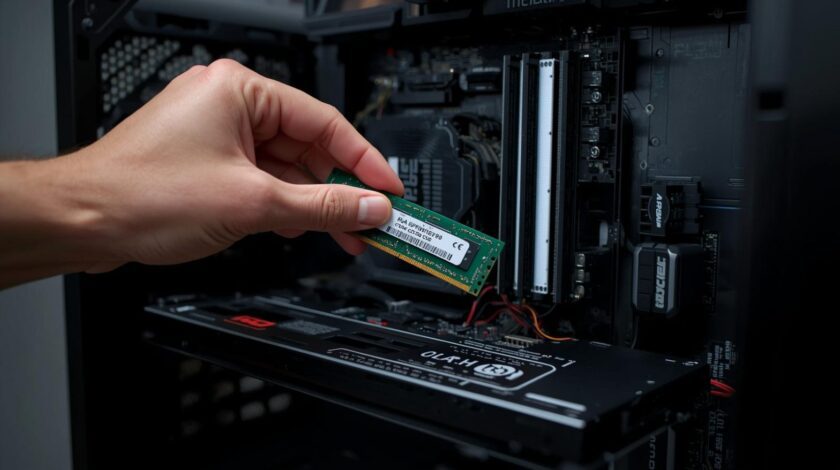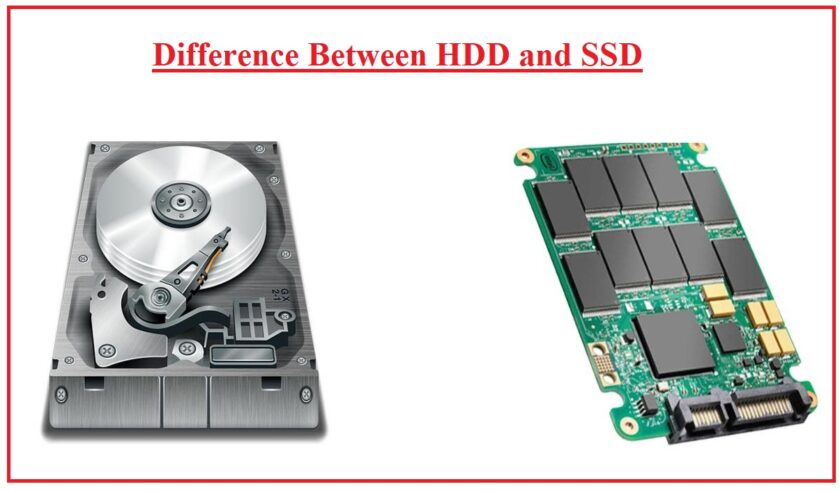Scaling quantum computers to 1 million qubits is one of the most ambitious goals in modern quantum computing. It promises practical quantum advantage and fault-tolerant computation, but getting there requires solving major engineering, physical, and algorithmic challenges.
Here’s what needs to happen next, broken into key areas:
1. Error Correction & Fault Tolerance
- Current Problem: Qubits are fragile and prone to errors due to decoherence, crosstalk, and noise.
- Next Steps:
- Implement quantum error correction (QEC) codes like surface codes that can detect and fix errors using logical qubits built from thousands of physical qubits.
- Reduce the physical-to-logical qubit ratio, ideally below 1,000:1.
- Improve gate fidelities and coherence times to support longer and more accurate computations.
2. Qubit Quality and Architecture
- Current Problem: Many qubit technologies (superconducting, trapped ions, neutral atoms, etc.) scale poorly or require extensive hardware overhead.
- Next Steps:
- Develop modular, scalable architectures, such as:
- Modular ion traps with photonic interconnects
- Superconducting qubit tiles with on-chip control
- Neutral atom arrays with reconfigurable topologies
- Standardize inter-qubit connectivity, enabling flexible 2D or 3D architectures.
- Improve qubit uniformity to avoid performance bottlenecks.
- Develop modular, scalable architectures, such as:
3. Cryogenic and Control Infrastructure
- Current Problem: Qubit systems (especially superconducting ones) require dilution refrigerators and massive classical control overhead.
- Next Steps:
- Develop cryogenic CMOS control electronics to operate close to the qubits.
- Create scalable I/O and wiring solutions to reduce the number of wires entering cryostats.
- Integrate multiplexing and microwave control at scale to support millions of signals.
4. Fabrication and Integration
- Current Problem: No high-yield, wafer-scale quantum processor production exists yet.
- Next Steps:
- Adopt semiconductor industry best practices for qubit fabrication.
- Use 3D integration (e.g. chiplets, through-silicon vias) to stack classical and quantum components.
- Ensure process repeatability and uniformity for mass production.
5. Software, Compilers, and Algorithms
- Current Problem: Even if hardware scales, software and algorithms must match to make use of 1 million qubits.
- Next Steps:
- Develop fault-tolerant quantum compilers to optimize circuits for error-corrected hardware.
- Build middleware for scheduling and error tracking across thousands of logical qubits.
- Expand the portfolio of quantum algorithms that require high qubit counts (e.g., quantum simulation, machine learning, cryptography).
6. Interconnects and Networking
- Current Problem: Monolithic architectures are limited in size.
- Next Steps:
- Build quantum interconnects (photonic links or entanglement distribution) to connect modules across a quantum network or quantum data center.
- Lay groundwork for a quantum internet to scale beyond local processors.
7. Cost, Power, and Sustainability
- Current Problem: Scaling quantum systems currently requires large capital and energy-intensive infrastructure.
- Next Steps:
- Innovate energy-efficient cryogenic systems.
- Reduce cost per qubit through manufacturing and modularity.
- Explore room-temperature qubit technologies (e.g., silicon spins, NV centers) as long-term alternatives.
Summary Roadmap to 1 Million Qubits
| Milestone | Timeframe (Est.) | Key Milestones |
|---|---|---|
| 1,000 Qubits | Now–2025 | Better gate fidelities, early error correction |
| 10,000 Qubits | 2025–2027 | Modular systems, logical qubit demonstrations |
| 100,000 Qubits | 2027–2030 | Large-scale error correction, scalable control |
| 1,000,000 Qubits | 2030+ | Fault-tolerant quantum computing at scale |






